
-
About
-
Product
-
Solution
-
Support
-
News
-
Join
 PubDate:2023-12-06
PubDate:2023-12-06
 ViewNum:71
ViewNum:71
Local time on December 2
A Cessna Award X aircraft at Munich International Airport, Germany
It was frozen on the runway because of the blizzard
According to other relevant reports
At least 760 flights were cancelled at Munich International Airport due to the snow
Thousands of passengers were stranded
Airplane is an important means of travel for people
Meteorological factors are one of the important factors that affect the safety of aircraft flight
According to data statistics
Thirty percent of air accidents are weather-related
and
In flight accidents due to meteorological reasons
Most occur around the time of landing
About 57%
In that way
Enter winter
What are the meteorological factors that affect the flight safety of aircraft?
How is the aviation weather forecast different from the weather forecast we usually see?
First of all
Let's take a look at the meteorological factors that affect the flight safety of aircraft in winter
Visibility
When the aircraft is faced with snow, fog or low cloud during the take-off or landing stage, and when the visibility is lower than the flight safety visibility standard, the pilot cannot continue to perform the take-off or landing operation, should suspend the take-off or return, and then perform the flight or landing operation after the visibility is improved. Generally speaking, when the visibility of the runway is less than 550 meters, the aircraft cannot land; When the visibility on the runway is less than 350 meters, the aircraft cannot take off.
Low clouds greatly affect visibility. If the height of the low cloud is < 100 meters, the pilot's visual distance is often only 1 kilometer. When the cloud base of a Category 2 airport is below 30 meters, the aircraft cannot land. Low clouds are also often associated with fog, further increasing the difficulty of aircraft takeoff and landing, threatening the safety of aircraft flight.
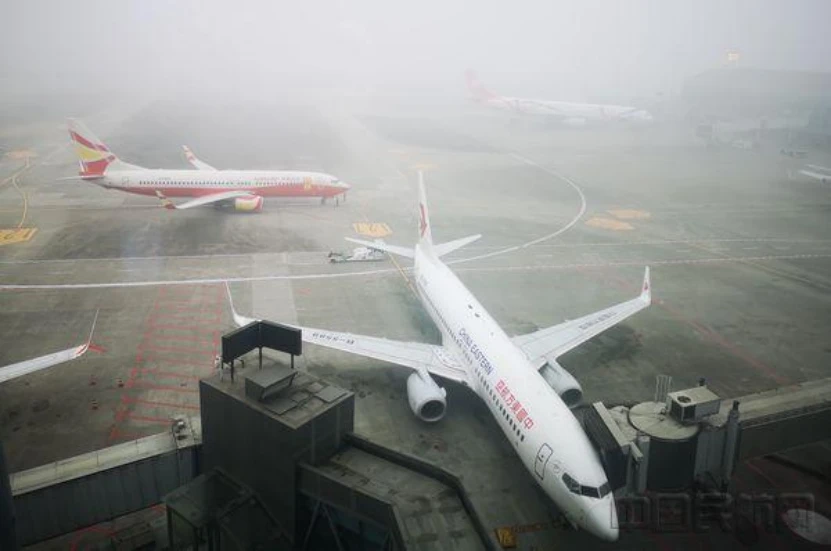
Aircraft in low visibility
Hypothermy
Low temperature weather is easy to cause ice accumulation, snow, frost and other conditions, resulting in aircraft accessories and equipment failure, runway friction coefficient reduction, continuous low visibility and other consequences, serious will lead to aircraft operation delay, airport closure, aviation accidents.
Aircraft ice accumulation is a weather phenomenon in which frost congeals on the outer ventilated surface of an aircraft when it flies in a cloud below 0 ° C. Aircraft ice accumulation usually occurs in the range of 0℃ to -20℃, and strong ice accumulation mostly occurs in the range of -4℃ to -10℃. The general height is below 5000 meters, especially about 3000 meters, the most easy to form ice, ice generally appears in the aircraft wing, tail, engine air intake and other parts of the smaller radius of curvature.
The accumulation of ice not only increases the weight of the aircraft, but also may cause the streamlining of the wings to change, the imbalance of the propeller blades, and may also reduce the efficiency of the aircraft power plant, affect the aircraft instrumentation and communication, and even produce failures or failures. If the frost occurs in the cockpit, it can also block the driver's view.
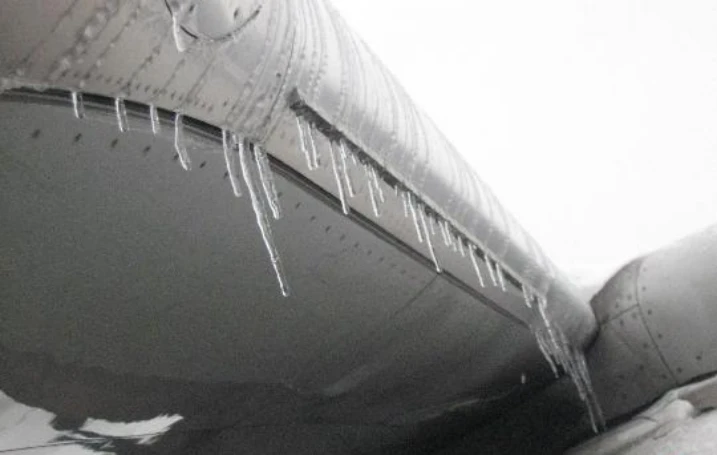
Gale
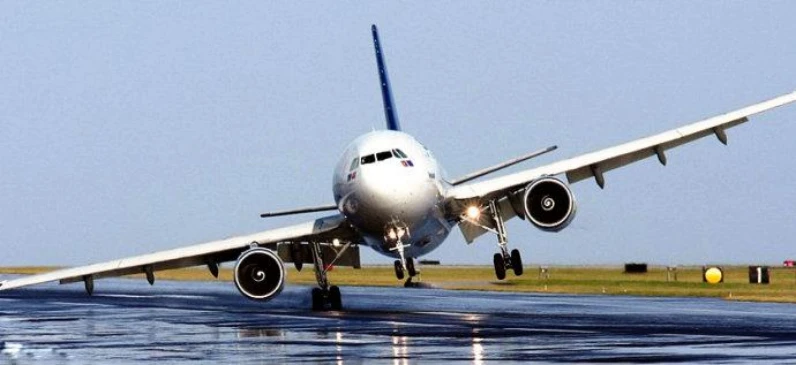
In windy weather, the biggest hazard to flying is wind shear. According to statistics, about 40% of the flight accidents occurred during the take-off and landing process are caused by low-altitude wind shear, and the accident occurred during the landing of the aircraft is more, accounting for about 80%. Wind shear refers to the sudden change of wind direction and speed in a short distance, and is called low-level wind shear below 600 meters. Due to the sudden change of wind direction and speed, the aircraft will produce complex oscillation changes such as roll, yaw and speed sudden change when diving. Because wind shear often occurs in a very short moment, the pilot can not react immediately, and the aircraft can be out of control.
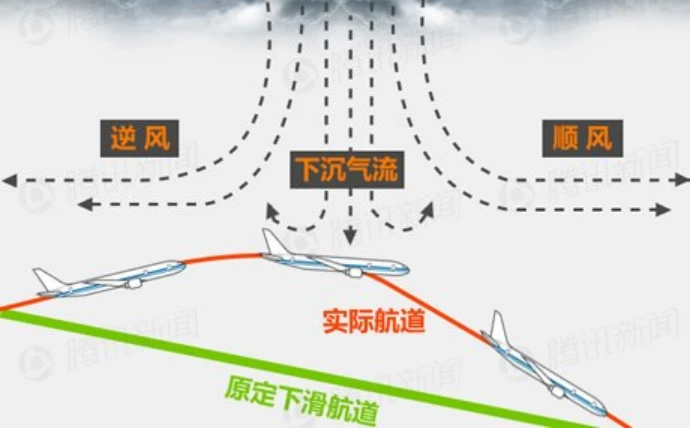
Diagram of low level wind shear encountered by aircraft during landing
Snowfall
Snow easily causes the fuselage of the aircraft to freeze, resulting in delayed aircraft operation response. At the same time, it may also cause ice on the airstrip, reducing the friction between the aircraft tires and the ground, resulting in the aircraft skidding or even running out of the runway. In addition, the snow also severely reduced visibility, affecting the line of sight of flight personnel.
When the snow weather occurs, the airport should carry out snow removal work in areas such as the runway and the apron, at the same time, it must also carry out snow removal work on the aircraft about to take off. If the snow lasts too long, the snow is too large, and the snow removal can not ensure the normal takeoff and landing of the aircraft, the flight will be canceled, and the flight plan will be done after the weather turns better and the snow removal is over.
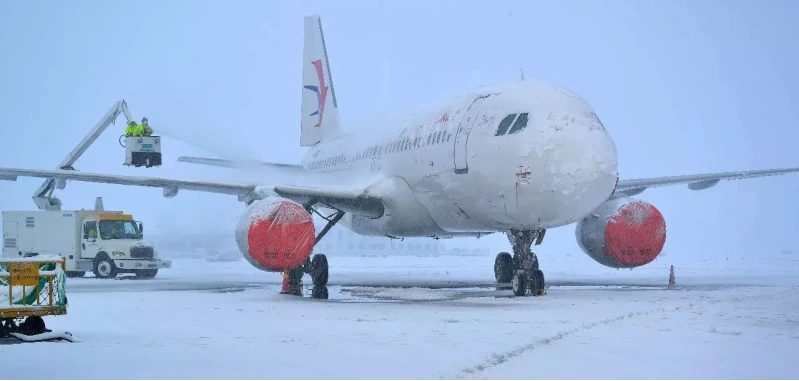
The crew is removing snow from the plane
In the field of aviation, there are also aviation weather forecasts designed to ensure the safety of aircraft taking off, landing and flying in the air. Aviation weather forecast is an important basis for organizing and implementing flights. Aviation weather forecast includes not only routine aviation weather forecast such as airport forecast, landing forecast, regional forecast and route forecast, but also non-routine aviation important weather forecast such as important meteorological information and low altitude meteorological information. Aviation weather forecast for airports mainly includes two categories, one is the airport forecast with a valid time of 9 hours or 24 hours. Updated every 3 hours or 6 hours; The other category is the 2-hour landing forecast, which is updated every half hour or hour. Each flight is required to obtain an airport forecast for the destination airport and alternate airport before departure.
Compared with the weather forecast in daily life, the requirements of aviation weather forecast are more detailed and higher in terms of content, time and quantity. The contents include wind direction, wind speed, visibility, runway visibility, air temperature, weather phenomena (fog, snow, wind sand, thunderstorms, etc.), cloud cover, cloud shape, aircraft turbulence, aircraft ice accumulation, low-level wind shear, etc. These meteorological information is an important guarantee and basic basis for aviation safety.
In winter under complex weather conditions
May every flight
Peace, smooth!
(From: China Meteorological wechat public number)
 Next:Meteorological data is the blood of meteorology, is a factor of production, but also national security!
Next:Meteorological data is the blood of meteorology, is a factor of production, but also national security!




 WeChat
WeChat
 T1-11F, Herui Science and Technology Park, Binjiang District, Hangzhou City, Zhejiang Province
T1-11F, Herui Science and Technology Park, Binjiang District, Hangzhou City, Zhejiang Province